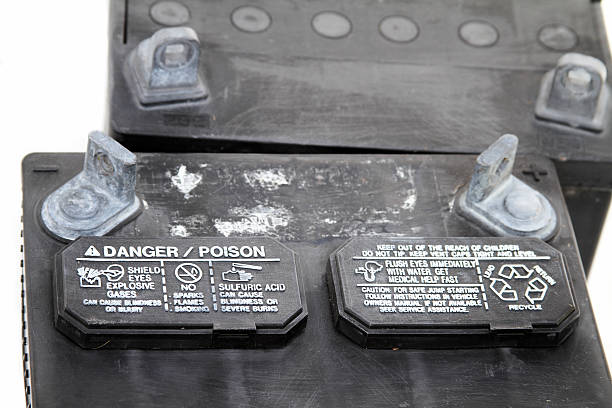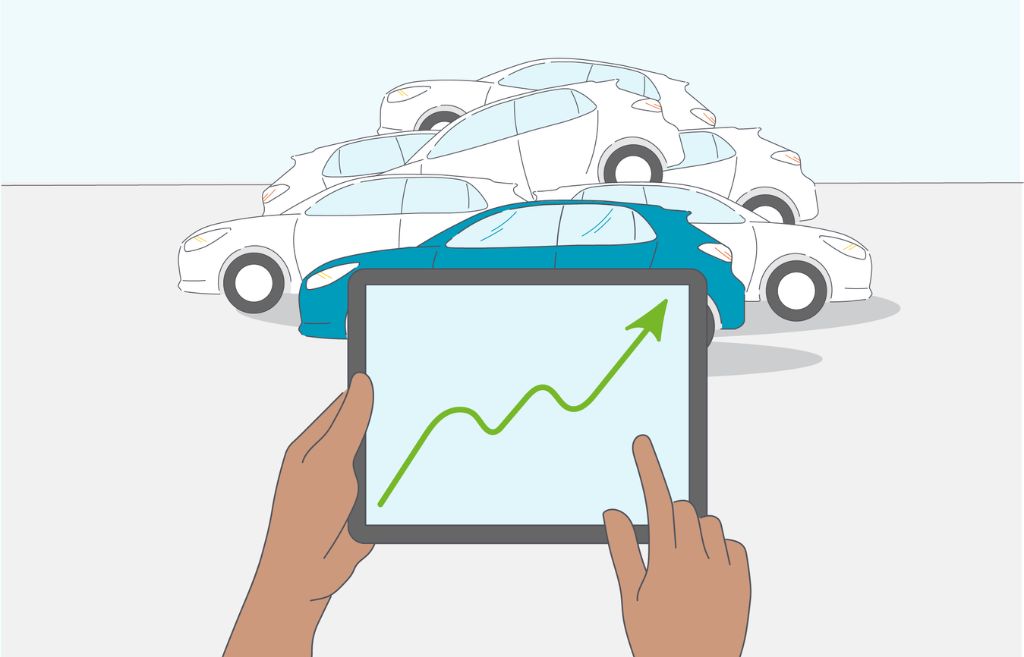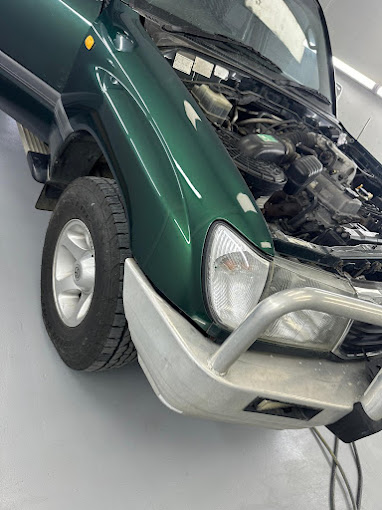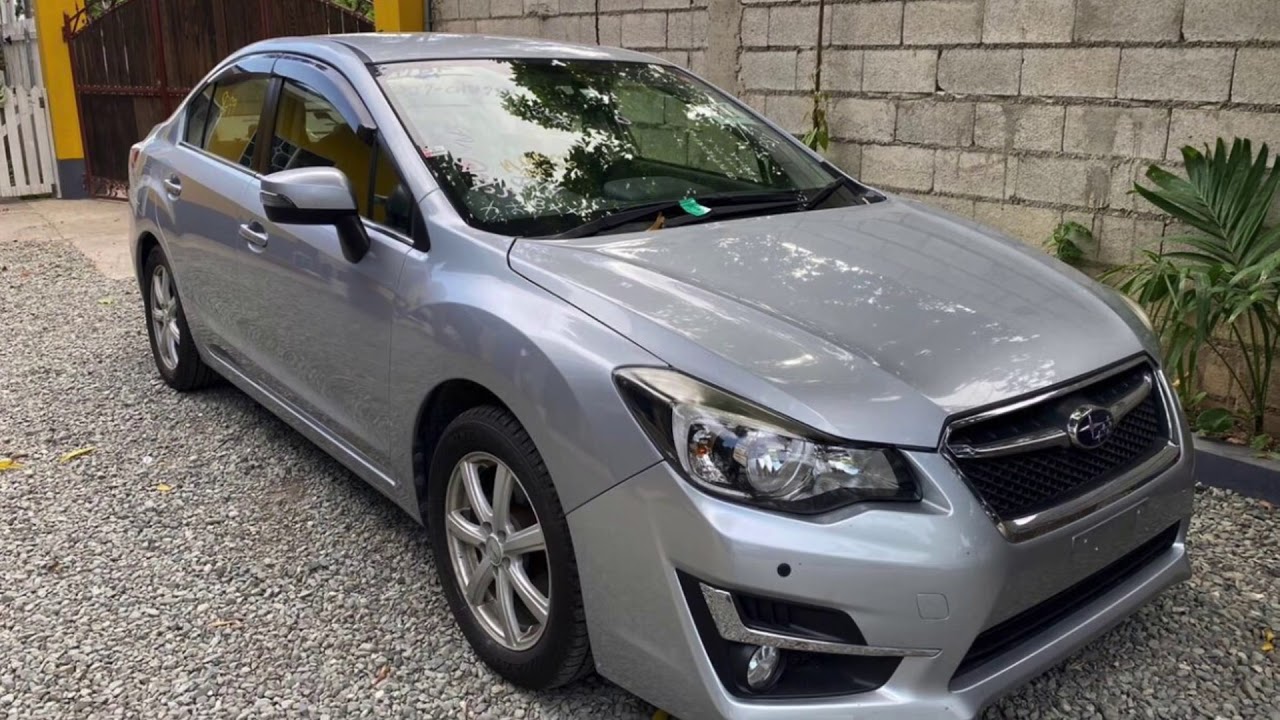Golf carts are no longer just for the golf course; they’re versatile vehicles used in residential communities, large properties, and event spaces. Central to their operation is the battery, which powers the cart efficiently and reliably—until it doesn’t. Understanding the essentials of golf cart batteries and how to extend their lifespan can save you time and money. Practicing regular maintenance and making informed choices will ensure that your battery investment goes a long way. In this guide, we’ll delve into everything you need to know about golf cart batteries, from types and maintenance to practical ways to extend their longevity.
Types of Golf Cart Batteries
When it comes to powering golf carts, there are primarily two types of batteries: lead-acid and lithium-ion. Each type has its advantages and maintenance requirements, making it essential to choose the right one based on your cart usage and budget.
-
Lead-Acid Batteries: These are the most commonly used golf cart batteries due to their affordability and availability. Lead-acid batteries are known for their durability, though they require regular maintenance, such as water refills and cleaning of terminals. They also need to be fully charged after each use to prevent sulfation, which can reduce their lifespan.
-
Lithium-Ion Batteries: A more modern option, lithium-ion batteries are lighter and typically offer a longer lifespan. They are low-maintenance and charge faster, providing a more convenient option for frequent users. Although they come with a higher upfront cost, lithium-ion batteries often save money over time due to their efficiency and longevity.
Choosing between these options depends on your usage and budget, but proper care will be key to extending your battery life regardless of your choice.
Charging Best Practices for Longer Battery Life
Charging your golf cart battery correctly is one of the most impactful ways to extend its lifespan. Here’s a look at some crucial tips for effective battery charging:
-
Charge After Each Use: To keep your golf cart battery in optimal condition, it’s essential to charge it after each use. Letting it run completely empty can cause sulfation, a process that affects the battery’s ability to hold a charge over time.
-
Avoid Overcharging: Overcharging can damage the battery and reduce its lifespan. Use an automatic charger that will shut off once the battery is fully charged, which helps avoid overheating and overcharging.
-
Charge in a Cool Area: Batteries work best in cool environments, as excessive heat can cause them to deteriorate faster. Avoid charging in direct sunlight or hot environments to protect the battery cells.
By sticking to these charging practices, you’ll help ensure that your golf cart battery remains efficient and lasts longer.
Maintenance Tips for Golf Cart Batteries
Consistent maintenance is essential for maximizing the lifespan of golf cart batteries. Here are some key practices that will keep your battery functioning well:
-
Regular Cleaning: Dirt, corrosion, and other contaminants can interfere with the battery’s efficiency. Clean the terminals regularly with a brush and a solution of baking soda and water to prevent corrosion buildup.
-
Check Water Levels (for Lead-Acid Batteries): Lead-acid batteries require water to maintain their chemical balance. Check the water level in each cell monthly, and add distilled water as needed. Avoid overfilling, as this can lead to leakage.
-
Inspect Battery Cables and Connections: Loose or corroded cables can reduce battery performance and lead to power issues. Make sure all connections are tight and free of corrosion. If you notice any wear, replace the cables promptly to maintain optimal power flow.
Regular maintenance will keep your battery running smoothly and prevent unexpected issues, helping you get the most out of your golf cart.
Extending Battery Lifespan Through Smart Driving Habits
Your driving habits also play a role in determining how long your golf cart battery will last. Here are some ways to drive efficiently and extend the lifespan of your battery:
-
Avoid Quick Starts and Sudden Stops: Accelerating and braking abruptly requires more power from the battery, causing it to drain faster. Instead, accelerate gradually and avoid sudden stops when possible.
-
Limit Extra Weight: Excess weight can put a strain on the battery, causing it to use more energy. Avoid carrying unnecessary items or passengers, especially when going uphill.
-
Drive on Smooth Surfaces: Rough or uneven surfaces make the battery work harder, which can drain its charge faster. Stick to smooth paths whenever possible to conserve battery power.
These driving habits, along with consistent maintenance, will go a long way in preserving the life of your golf cart battery.
Benefits of a Golf Cart Battery Upgrade
Upgrading your battery can have a significant impact on the performance and lifespan of your golf cart. If your cart currently runs on an older lead-acid battery, switching to a newer lithium-ion battery might be a good investment. Lithium-ion batteries are more efficient and require less maintenance, making them ideal for those who use their carts frequently.
For those considering this option, look into the Golf cart battery upgrade service in Millsboro DE to find professional guidance and quality service for your upgrade needs. Not only will an upgraded battery reduce your need for regular maintenance, but it will also provide a more reliable source of power, helping you avoid frequent battery replacements.
Recognizing When to Replace Your Golf Cart Battery
Even with the best maintenance and driving habits, golf cart batteries have a limited lifespan. Knowing when to replace your battery can save you from unexpected breakdowns and help you avoid compromising your cart’s performance. Here are some signs that it may be time to consider a new battery:
-
Loss of Power: If your cart is struggling to reach normal speeds or requires frequent recharging, it may indicate that the battery is no longer holding a charge effectively.
-
Physical Signs of Damage: Bulging, leaking, or corroded batteries are clear indicators that the battery needs replacement. Damaged batteries can be hazardous and should be replaced immediately.
-
Decreased Run Time: If your cart can no longer complete its usual route on a full charge, the battery may be reaching the end of its life.
By recognizing these signs early, you can plan for a replacement before experiencing major disruptions.
Sustainable Disposal of Old Batteries
When it’s time to replace your golf cart battery, remember to dispose of the old one responsibly. Batteries contain hazardous materials that can harm the environment if not disposed of properly. Many local recycling centers accept batteries, and some retailers offer recycling programs.
Final Thoughts
Understanding how golf cart batteries work and following best practices for their care can significantly extend their lifespan. From choosing the right battery type to following proper charging techniques, every aspect of maintenance can make a difference in how long your battery serves you. By practicing regular maintenance, adopting efficient driving habits, and considering an upgrade when necessary, you can enjoy reliable and efficient power for your golf cart.
This knowledge ensures that you not only get the most out of your battery investment but also contribute to sustainable practices by reducing the need for frequent replacements. Following these steps will make a noticeable impact on your golf cart’s performance, allowing you to enjoy smooth, dependable rides for years to come.















